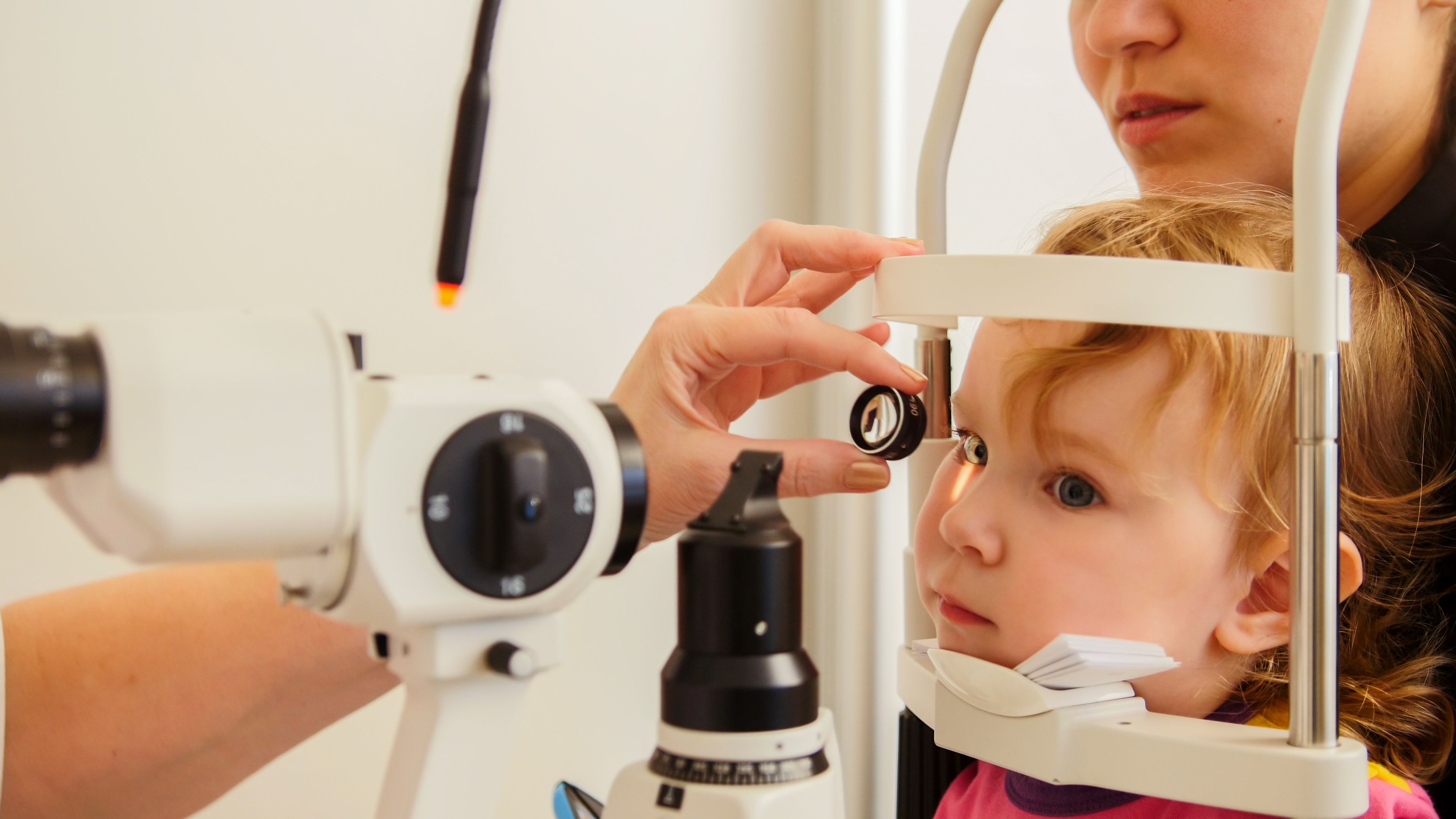Article
UC Davis tests microshunt in children with refractory childhood glaucoma
Author(s):
The case series included 12 eyes of children with refractory childhood glaucoma who needed trabeculectomy or implantation of a glaucoma drainage device.
The team is planning a multicenter, prospective clinical trial of this novel microshunt. It will be the first clinical trial of the device in children.

A polymer-based microshunt is safe and effective in pediatric patients diagnosed with refractory childhood glaucoma, according to a small, single-center case series at the UC Davis Health Eye Center.
According to a UC Davis news release, the study,1 Use of a Novel Microshunt in Refractory Childhood Glaucoma, was published in the American Journal of Ophthalmology.
“We are in a golden age of innovation for adult glaucoma. But treatments for children with glaucoma are largely an afterthought,” said James D. Brandt, MD, lead investigator for the study. Brandt is a professor of ophthalmology and the Daryl and Opal Geweke Endowed Chair of Glaucoma at UC Davis Health. “No recently approved minimally invasive glaucoma devices have been systematically studied in children.”
In 2017, Brandt was an investigator for the adult clinical trial of PRESERFLO MicroShunt, under investigation in the United States and approved in Europe, Canada and Australia. The microshunt is fabricated from a polymer (SIBS [styrene-block-isobutylene-block-styrene]), which has a multidecade history of stability when used in coronary stents.
Brandt, an expert in childhood glaucoma, immediately saw its potential for children with refractory disease. He the FDA about a study of the novel microshunt in children older than six months who had failed previous glaucoma surgery. He received FDA and Institutional Review Board (IRB) approval for a small cohort to receive treatment with the investigational device under the compassionate use pathway.
The case series included 12 eyes of children with refractory childhood glaucoma who needed trabeculectomy or implantation of a glaucoma drainage device. The age of the children ranged between 15 months and 14 years.
Before their operation, the patients were, on average, on 3.3 medications and had an intraocular pressure of 22.72 mm Hg. The surgical team modified the adult investigational device exemption protocol. They performed general anesthesia, a smaller limbal incision in the superior-nasal quadrant of the affected eye, and precision injection of 40 µg of mitomycin-C in the superior-nasal quadrant rather than the use of sponges.
According to the university, the team noted no complications during the operation. They found that the flow of the aqueous humor from the posterior lumen of the device happened immediately upon entry of the device into the anterior chamber; little, if any, aqueous humor flows around the device.
Results
The team followed these children for at least one year after their operation. At 12- to 18-month follow-ups, nine eyes (75%) showed success. Three eyes (25%) failed and required additional surgery.
After one year, the nine successful eyes had a 45% drop in their intraocular pressure (from 21.6 ± 4.9 mm Hg pre-operation to 11.9 ± 3.8 mm Hg). Also, seven patients were taking no medications, and two required two medications (fixed-combination dorzolamide-timolol).
Although promising, Brandt notes there are significant limitations to the study. It was too small and heterogeneous — in terms of age, diagnosis, and previous surgery — to generalize to all children. And one of the more common forms of childhood glaucoma, glaucoma after cataract surgery, was not encountered in this initial cohort.
The university also noted that preoperative IOP in the success and failure groups overlapped. The data are too sparse to evaluate the role of starting intraocular pressure in long-term outcomes.
The team is planning a multicenter, prospective clinical trial of this novel microshunt. It will be the first clinical trial of the device in children.
Reference
1. James D. Brandt, MD. Use of a Novel Microshunt in Refractory Childhood Glaucoma: Initial Experience in a Compassionate Use/Early Access Cohort. AmJournOphthalmol. Published July 2022. DOI: 10.16/j.ajo.2022.03.021
Newsletter
Don’t miss out—get Ophthalmology Times updates on the latest clinical advancements and expert interviews, straight to your inbox.




